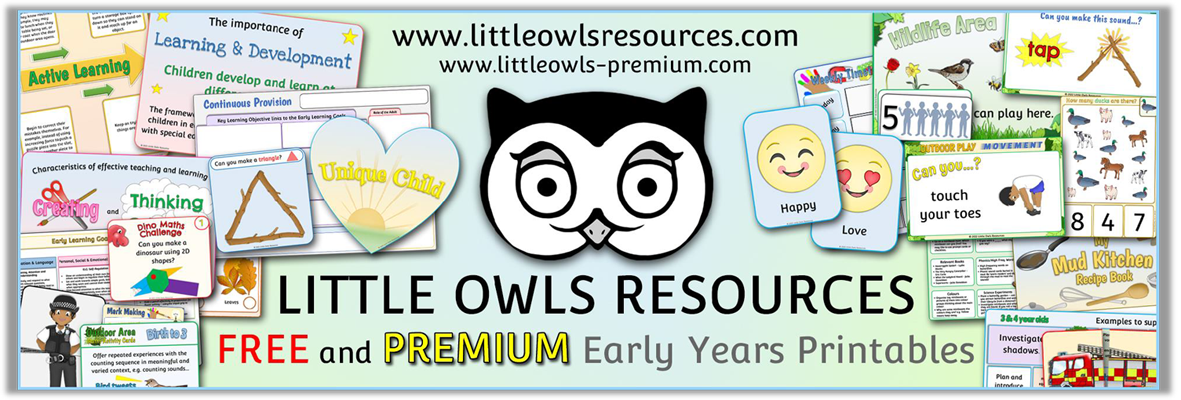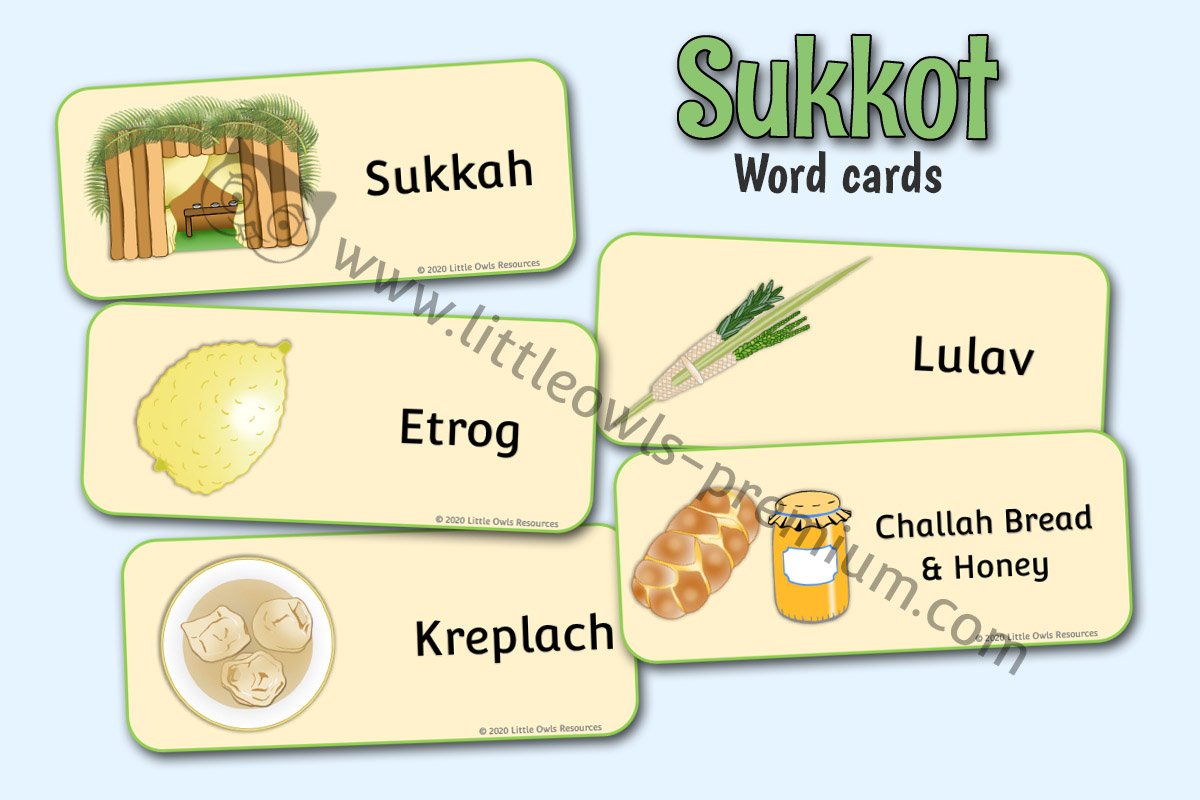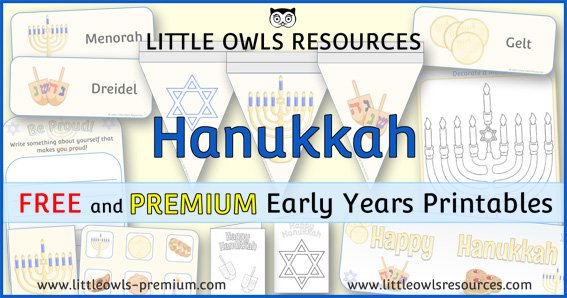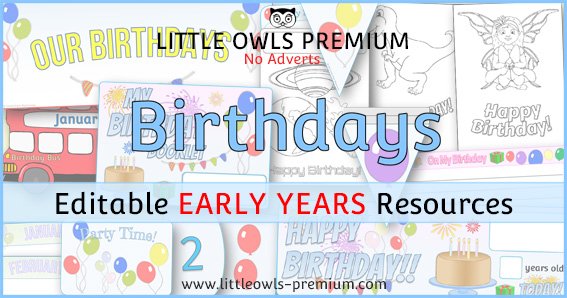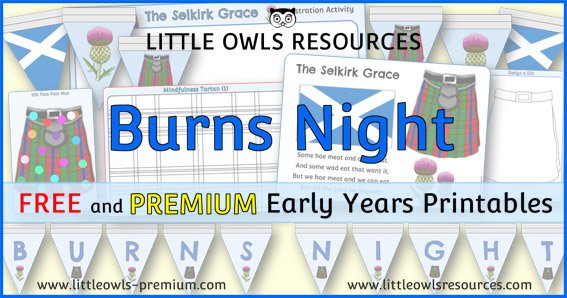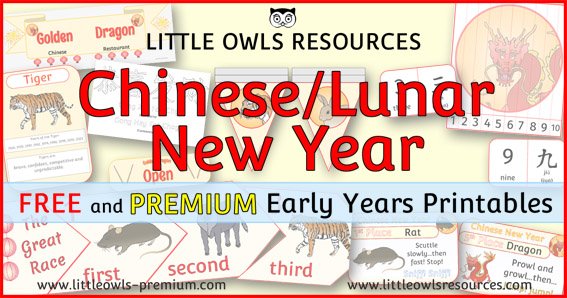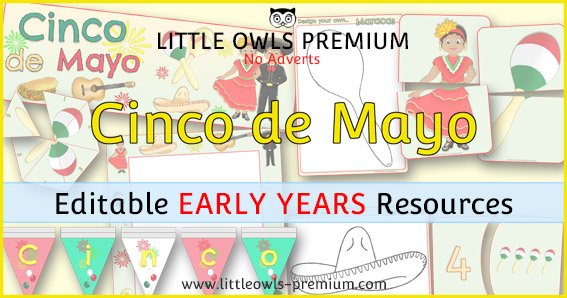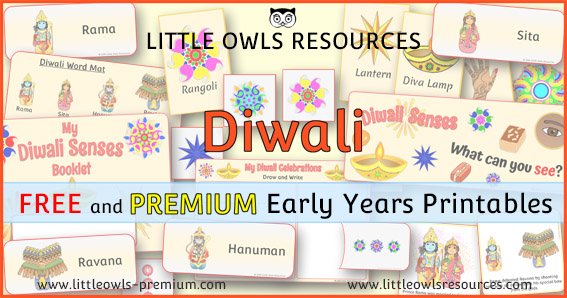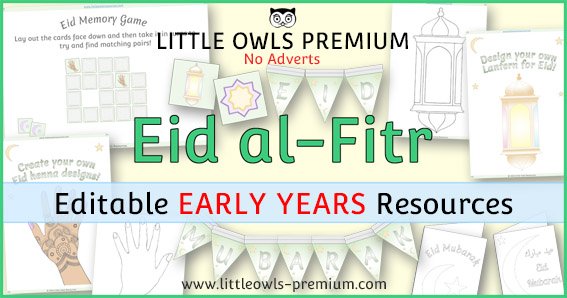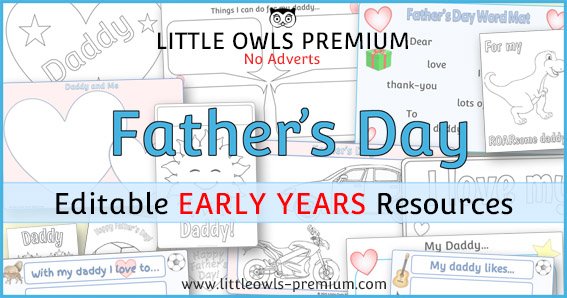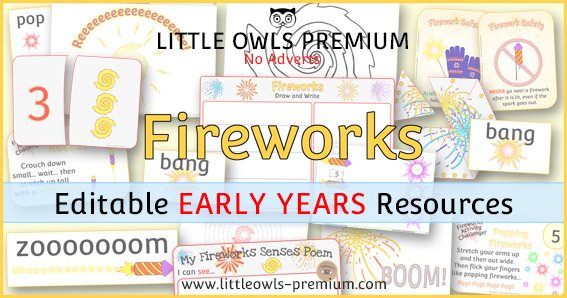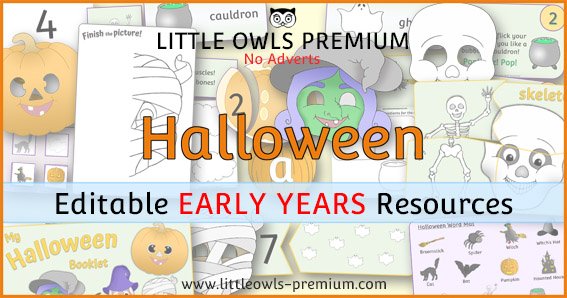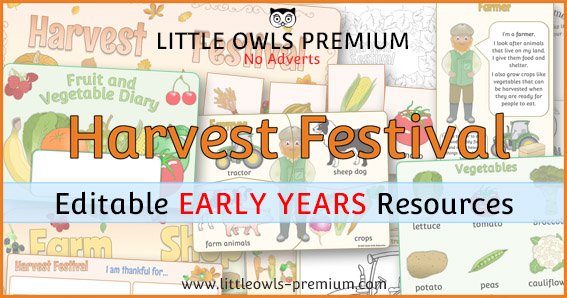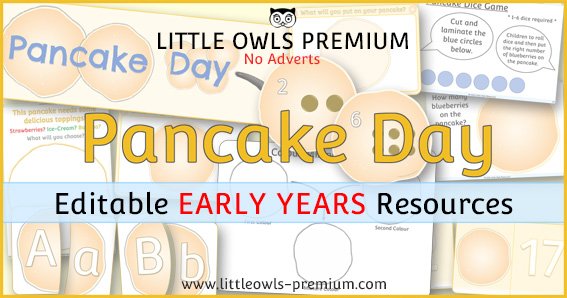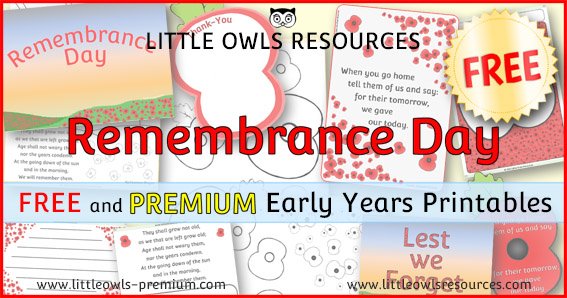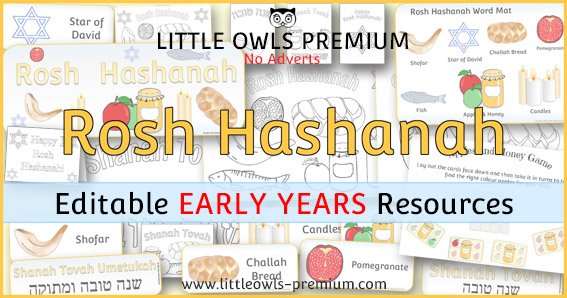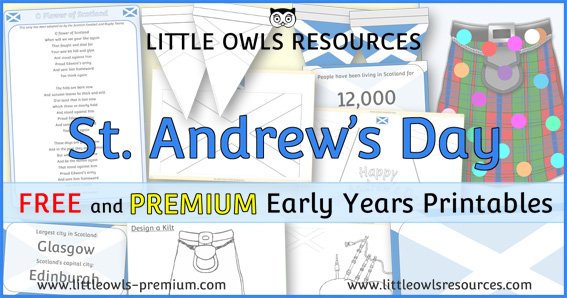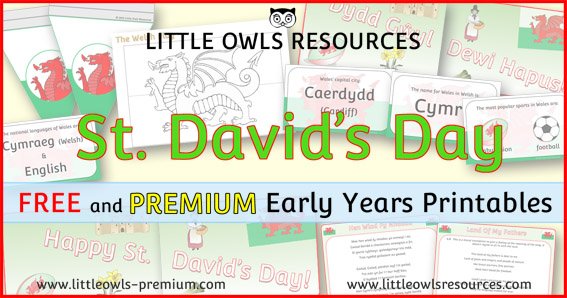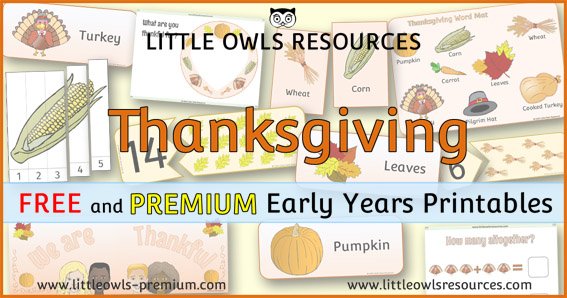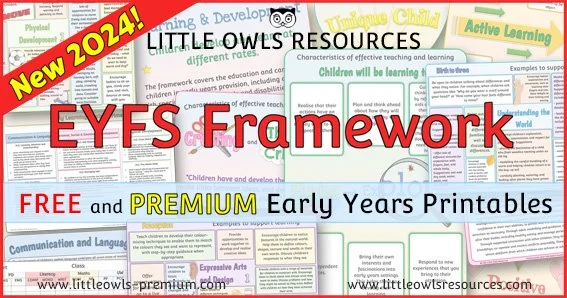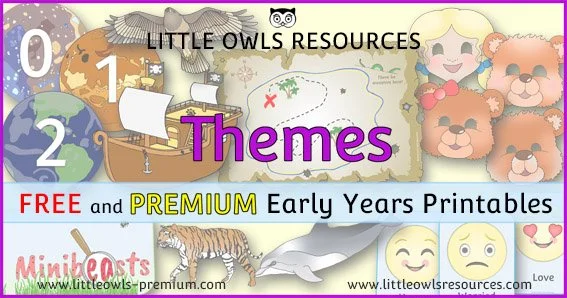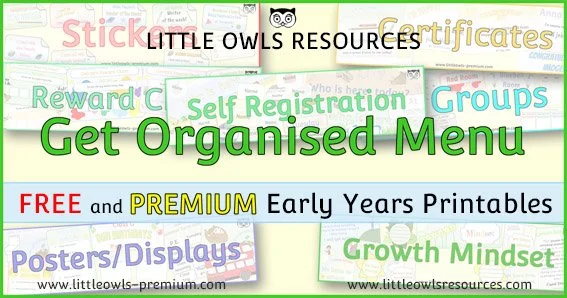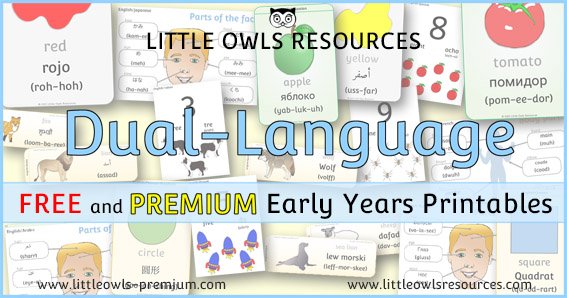Sukkot - EYFS/Early Years activities, Displays and ideas
6th – 13th October 2025
SECTIONS ON THIS PAGE:
Free Sample Resource
An overview of ‘Sukkot’
Core ‘Sukkot’ resources - Use the drop-down to filter by keywords or SCROLL DOWN to browse
Related topics and pages
If you are not a member already, become a ‘Free Access’ member here. This will give you access to resources within the ‘Free Sample Resources’ sections at the top of most pages and ‘Special Dates Calendars’. Some whole topics are even free! Find out more about all of our membership options here. If you are already a member… thank-you! x
FREE SAMPLE RESOURCE!
(Click on the image below to find out more)
Please note that both Editable (docx file) and non-editable (pdf file) versions are available for all Sukkot topic resources. (Editable files require Microsoft Word to work at optimum level and Non-Editable files require a pdf viewer.)
An overview of Sukkot
Sukkot is a Jewish festival, also known as the Feast of Tabernacles or Feast of Booths, that commemorates the 40 years the Israelites wandered in the desert after their exodus from Egypt. It is a harvest festival and a time of gratitude, focusing on both the historical journey of the Jewish people and the agricultural blessings of the present.
Significance of Sukkot
Commemoration of the Exodus: Sukkot recalls the period when the Israelites, led by Moses, lived in temporary shelters (sukkot) while traveling through the wilderness. These fragile dwellings represent the impermanence of life and remind the Jewish people of God’s protection and guidance during that time.
Harvest Festival: Sukkot is also known as the “Festival of Ingathering” as it coincides with the end of the agricultural year in Israel. It is a time to give thanks for the bountiful harvest and express gratitude for nature’s gifts.
Key Customs and Traditions
Building and Dwelling in the Sukkah:
A sukkah is a temporary hut or booth, often built outdoors in yards, balconies, or synagogues. It has at least three walls and a roof made of natural materials like branches or leaves, called s’chach.
The sukkah is designed to be a humble, temporary shelter, reminding people of the fragility of life and the protection provided by God.
During Sukkot, Jewish families eat their meals in the sukkah, and some even sleep in it, fulfilling the commandment to “dwell in booths” as their ancestors did.
The Four Species (Arba Minim):
Another important custom involves gathering and blessing the Four Species, as described in the Torah:
Etrog (a citrus fruit similar to a lemon)
Lulav (a palm branch)
Hadas (myrtle branches)
Aravah (willow branches)
These species are held together and waved in all directions (north, south, east, west, up, and down) during prayers, symbolising God’s presence everywhere and the unity of the Jewish people.
Joyful Celebrations:
Sukkot is considered a time of joy and celebration. The Torah commands the Jewish people to “rejoice before the Lord,” making Sukkot one of the most joyous festivals of the Jewish year.
The final day of Sukkot is called Hoshana Rabbah, a day of special prayers for blessing and protection.
Simchat Torah:
Following Sukkot is Simchat Torah, which celebrates the completion and restarting of the annual Torah reading cycle. It involves joyful singing, dancing, and processions with Torah scrolls.
Spiritual and Symbolic Themes
Trust in God: Living in a temporary sukkah symbolises the trust and faith in God’s protection, rather than relying on material comforts and stability.
Gratitude and Connection to Nature: As an agricultural festival, Sukkot emphasises appreciation for the land and the harvest, encouraging a deep connection to nature and gratitude for sustenance.
Unity and Community: The act of gathering together in sukkot and celebrating with the Four Species symbolises the unity of the Jewish people, despite their diversity, and the importance of community.
Overall
Sukkot is a time of celebration, gratitude, and reflection. It combines historical commemoration with agricultural and spiritual themes, encouraging a connection to nature, to community, and to faith in God.
Core ‘Sukkot’ resources
Click on the thumbnail images below for further details…
Keywords
- Activities 7
- Art and Craft 3
- Cards/Flashcards 2
- Colouring 2
- Cut and Stick 1
- Design 2
- Design Your Own 2
- Fine Motor 5
- Games 1
- Group Activities 1
- Home Learning 2
- Laminate to use with w/b pens 2
- Mark Making/Drawing/Writing 4
- Matching Activities 1
- Observation 5
- Playdough/Loose Parts 2
- Posters/Displays 5
- Problem Solving 1
- Scissor Skills 1
- Take Home 4
- Text has meaning 5
- Turn Taking 1
SUKKOT PICTURE SNAP CARDS GAME
Consolidate children’s knowledge of Sukkot whilst playing a fun game of ‘snap’ (or a memory game of ‘picking up pairs’ if you only print 2 of each card) with this set of large snap cards. The cards are made with a backing tab which can be folded before lamination in order to strengthen the final product. This also means that when turned over, the picture on the front can not be seen.
YOU MAY ALSO FIND USEFUL RESOURCES IN…
More ‘Festivals & Celebrations’ you may be interested in…
MORE WAYS TO SEARCH ON LITTLE OWLS - PREMIUM…
(Select the buttons below to visit our menu pages)
